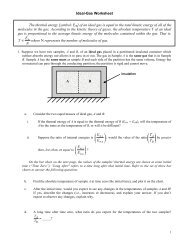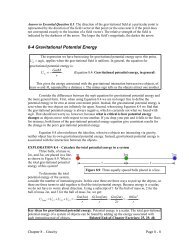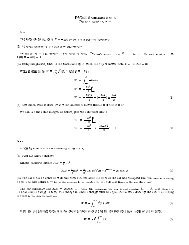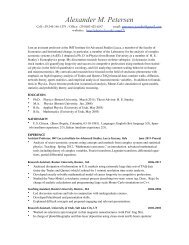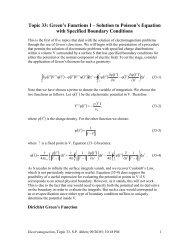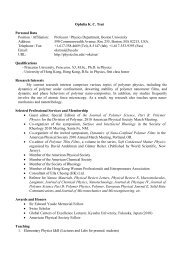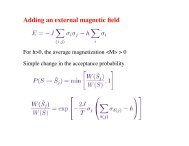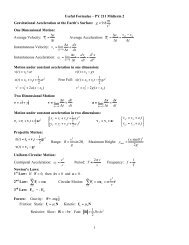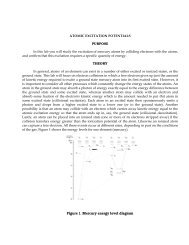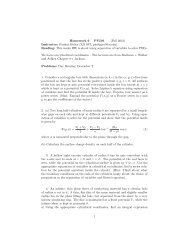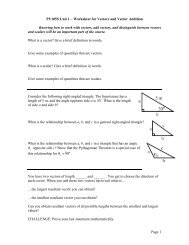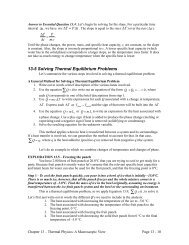Crystal Structure 1 3.1 Some Basic Concepts of Crystal Structure ...
Crystal Structure 1 3.1 Some Basic Concepts of Crystal Structure ...
Crystal Structure 1 3.1 Some Basic Concepts of Crystal Structure ...
You also want an ePaper? Increase the reach of your titles
YUMPU automatically turns print PDFs into web optimized ePapers that Google loves.
<strong>Crystal</strong> <strong>Structure</strong><br />
<strong>Basic</strong> <strong>Concepts</strong><br />
<br />
Face Centered Cubic<br />
<br />
a1 a(<br />
x yˆ)<br />
<br />
a ( ˆ<br />
2<br />
a y zˆ)<br />
<br />
a a(<br />
x ˆ)<br />
3<br />
z<br />
(3.4)<br />
(a)<br />
(b)<br />
Fig. 3.2<br />
Coordination number: The points in a Bravais lattice that are closest to a given point are<br />
called its nearest neighbors. Because <strong>of</strong> the periodic nature <strong>of</strong> a Bravais lattice, each point<br />
has the same number <strong>of</strong> nearest neighbors. This number is called the coordination<br />
number. For example, a sc lattice has coordination number 6; a bcc lattice, 8; a fcc lattice,<br />
12.<br />
Primitive unit cell: A volume in space, when translated through all the lattice vectors in a<br />
Bravais lattice, fills the entire space without voids or overlapping itself, is a primitive unit<br />
cell (see Figs. 3.3 and 3.4). Like primitive vectors, the choice <strong>of</strong> primitive unit cell is not<br />
unique (Fig. 3.3). It can be shown that each primitive unit cell contains precisely one<br />
lattice point unless it is so chosen that there are lattice points lying on its surface. It then<br />
follows that the volume <strong>of</strong> all primitive cells <strong>of</strong> a given Bravais lattice is the same.<br />
2



![arXiv:1303.7274v2 [physics.soc-ph] 27 Aug 2013 - Boston University ...](https://img.yumpu.com/51679664/1/190x245/arxiv13037274v2-physicssoc-ph-27-aug-2013-boston-university-.jpg?quality=85)
